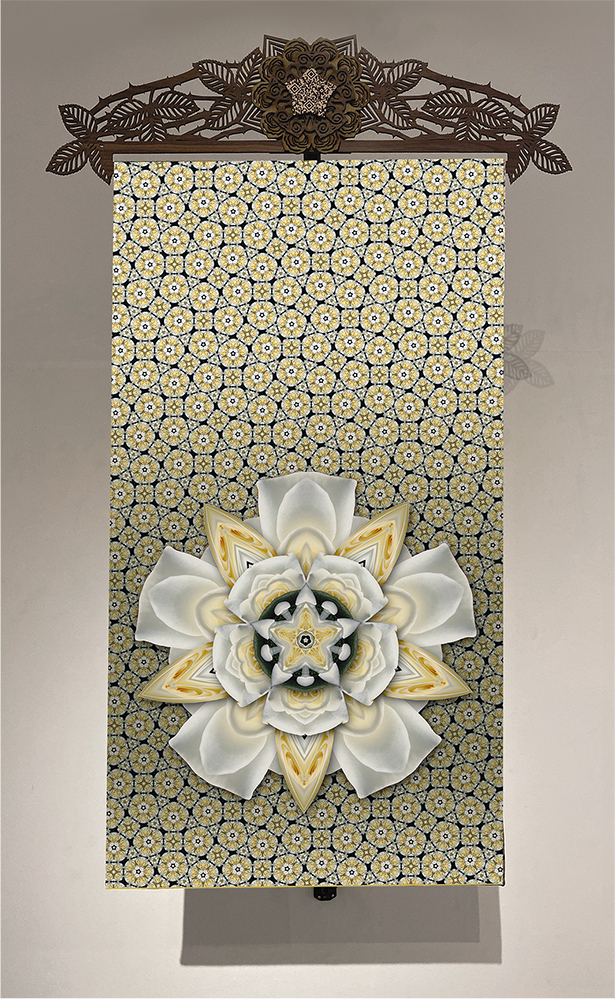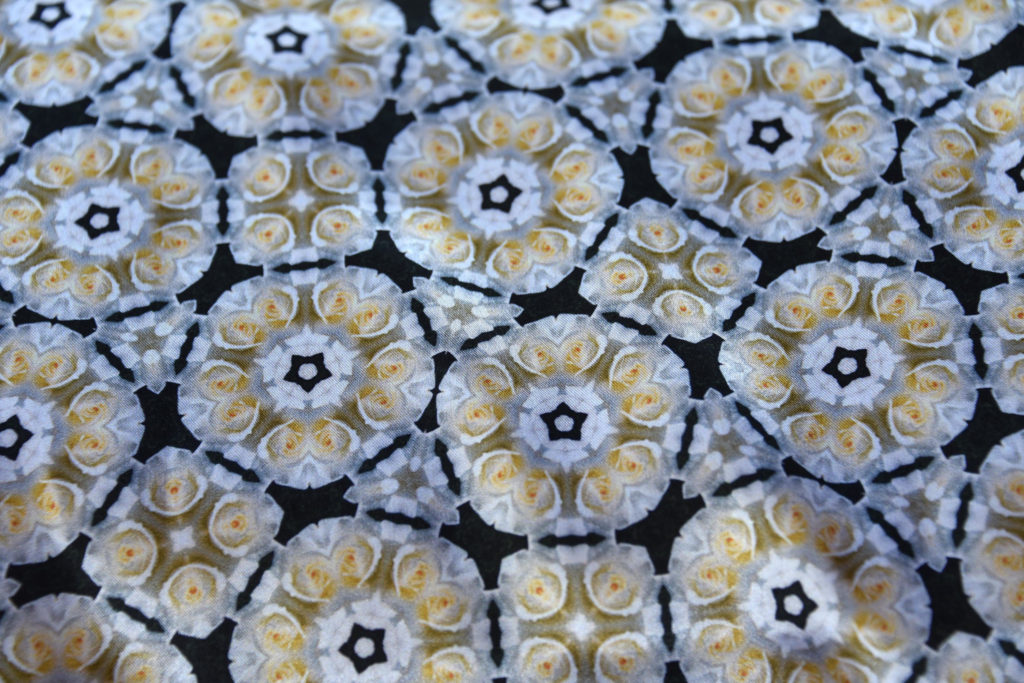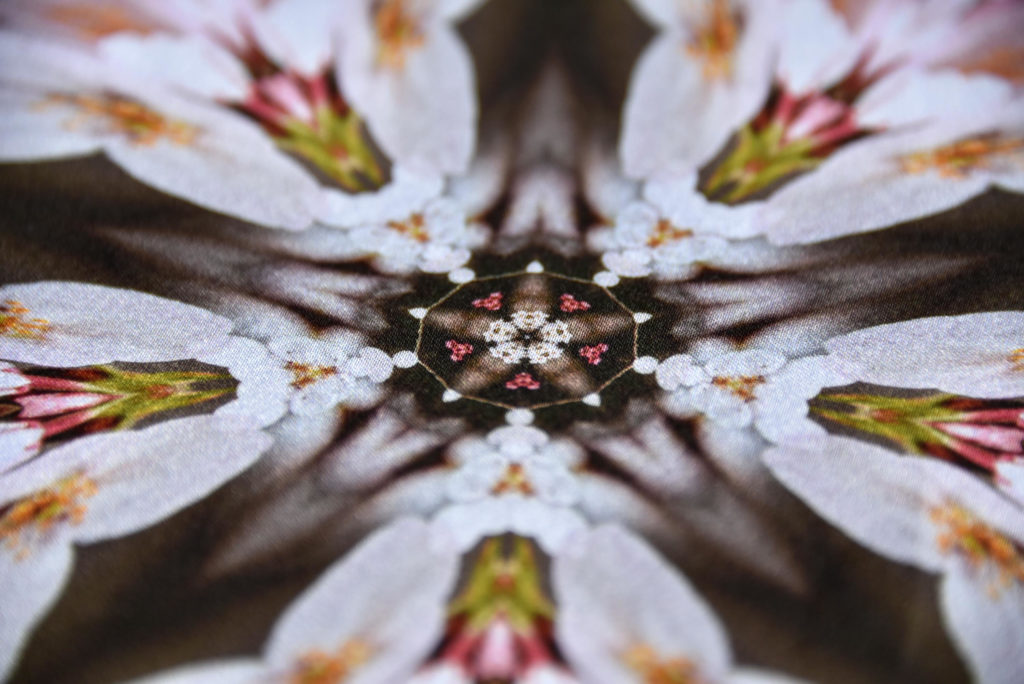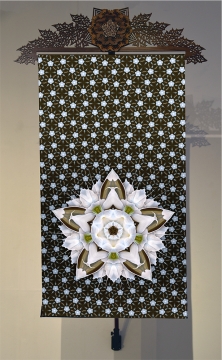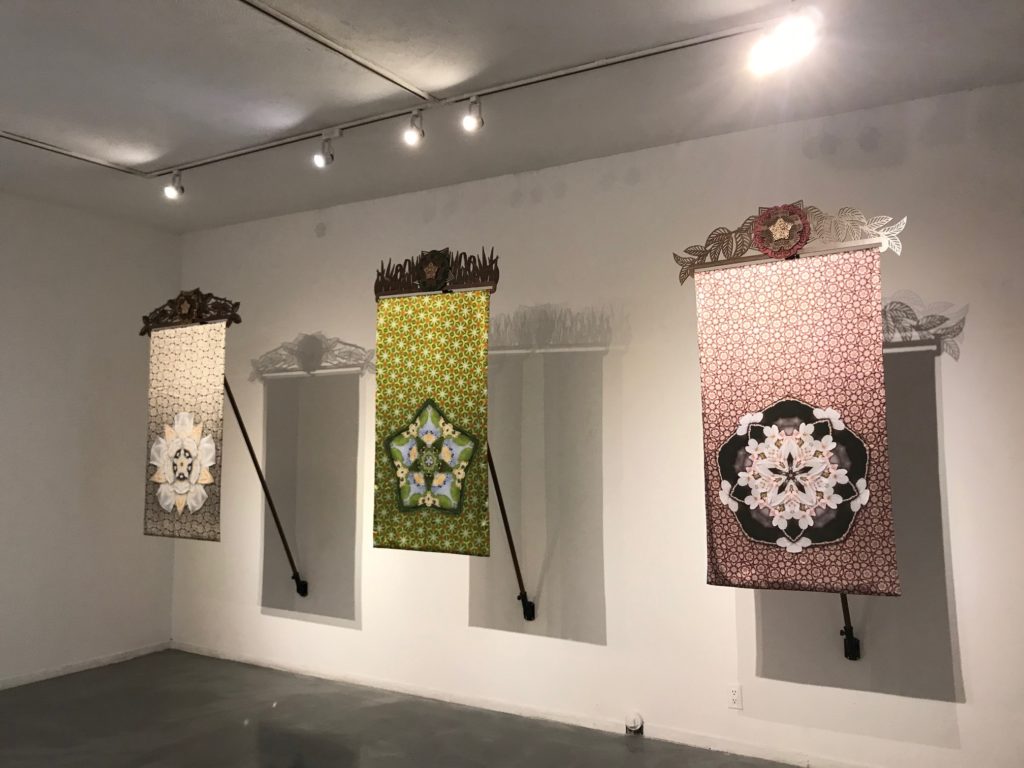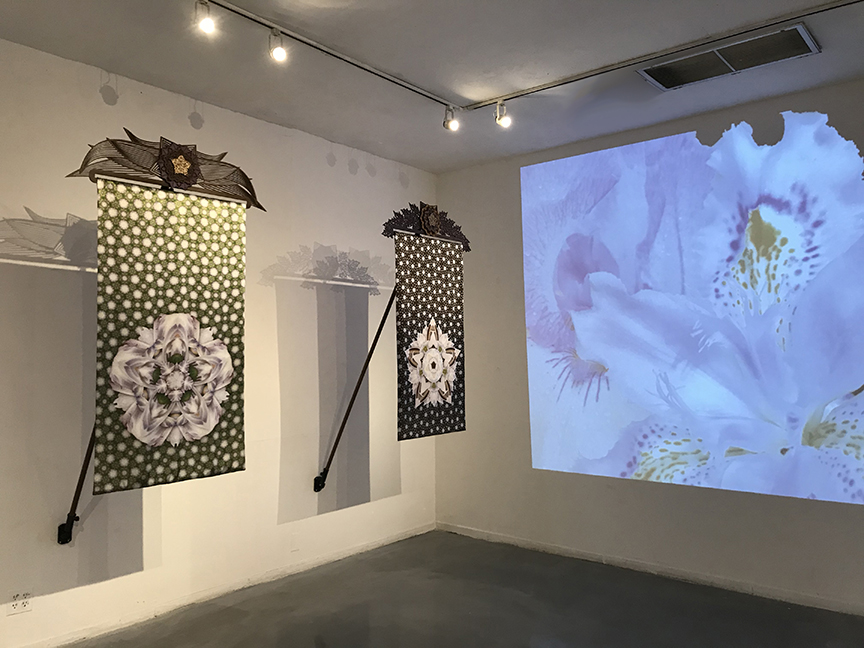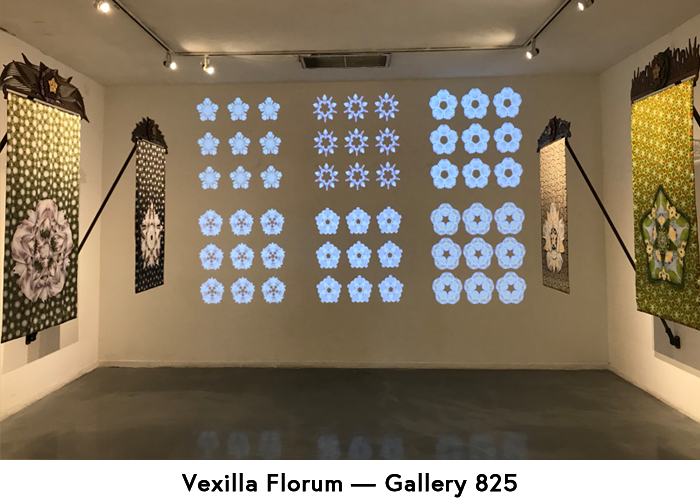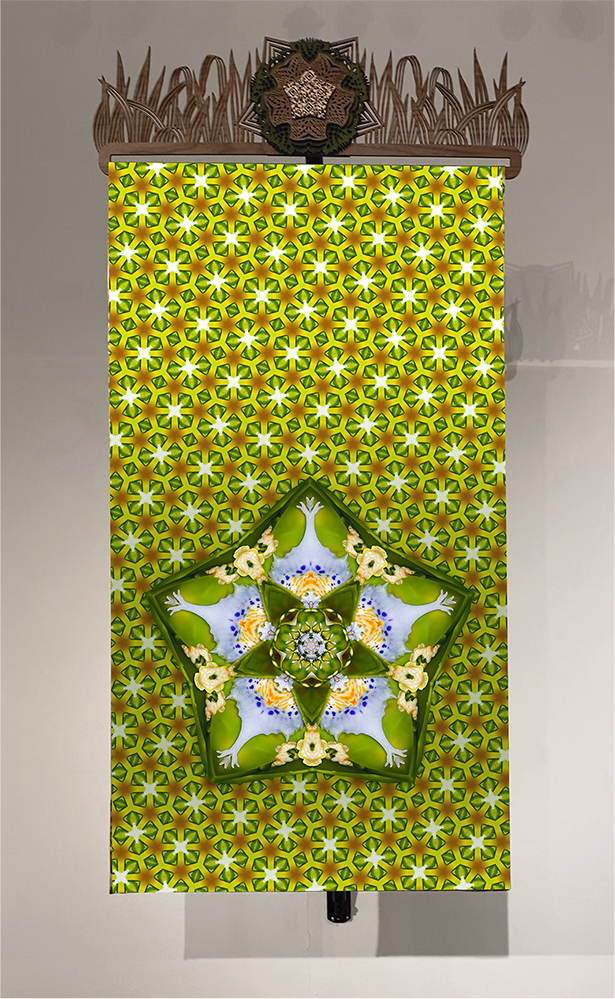
As a photographer, Scott Tansey’s art is moving from large scale, such as the vast and glorious view of Strike Valley above, to more personal views, seen in his pearl like close-up of the salt flats in the Badwater area of Death Valley, below.

From a personal standpoint, Tansey can trace his own history within his work – and reach viewers with the same kind of rewardingly connective images.

Above, the Panamint area of Death Valley gets the intimate treatment, while below, he’s more expansive in scope.

From that point on, he started to focus on intimate images. “I made close-up images of coastal rocks. Later, I went to the desert. One thing that has changed over the last few years is that I am trying to take the scene out of the image and put myself in,” he explains. “What I mean is that I have traced my psychological history in my images. When I was in Joshua Tree, I noticed that I took images of small lonely trees in subdued lighting. This reflected my being on the spectrum when I was a little boy where I felt alone.” He also experienced sensory overload. “Thank goodness that I am one of the 18% who was fortunate to come out of the severe spectrum.”
Tansey describes his original work as that of “large panoramic vistas,” which he began to create in 1977. In the early 90s he added more intimate images; and in the 2010s he made the switch from film to digital, adding post-processing skills to his artwork.

Landscapes, sacred places – whatever he photographs image inspiration varies, he relates. “It depends. If I go to a location, I want to gather the basic images. This is how I did images of Patagonia, Svalbard, Israel and Antarctica. In those trips, I started different projects as they came up. From Patagonia, I started my interest in glaciers. That was picked up in Svalbard and Antarctica.”

Even locally, Tansey finds new themes for his work. “I was walking in my neighborhood, and I saw some beautiful roses, so I started a rose project.” The images are often tender, and delicately close-up.

Going abroad, he took images of synagogues and churches. “I continued the project in Israel, where I included mosques, and in my home town,” he says.

Then came coastal rock images which began in Maine after seeing an interesting rock pile, and continued everywhere from throughout California to Newfoundland, Ireland and Svalbard.”

And while in Israel, Tansey started a desert project that continued in Joshua Tree and Death Valley. “In Death Valley, I saw cracks in the parking lot that mimicked some of the patterns I saw in nature. That was the beginning of my Urban Surfaces project that I worked on for eighteen months. It seems that something grabs my attention and interest, and then I run with it.”

Regardless of the project or the image, one thing is consistent throughout his work, which he describes as “the sense of wonder that I have when I make each image, whether it is a broad view of the scenery or close-up images.”

After dealing with some health issues for the past 18 months, Tansey is currently socially isolating, working on images he took in Death Valley, and Big Sur.

While he is passionate about both locations, his favorite spot to shoot, at least as far as the number of photographs he takes and the number of visits he’s taken, is Point Lobos Reserve, which he describes as “my favorite place in the world to take photographs. Point Lobos has been called the greatest place where land meets the sea,” he says, and obviously concurs. “I have been taking photos there since the 1980s. My most recent trip was last November series of images shot along the shore there for the past six years. “These images are all intimate images.”
As to what’s ahead – along with undoubtedly another trip to this favorite spot, “If I am able to travel to Alaska, I will continue my series of glacier images.”

Perhaps, given his inclination to go with close-range subjects, he will make the large small, and the small universally grand, as he continues his series.
- Genie Davis; photos provided by the artist





